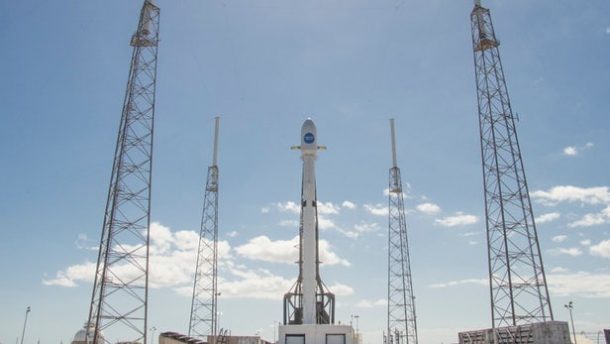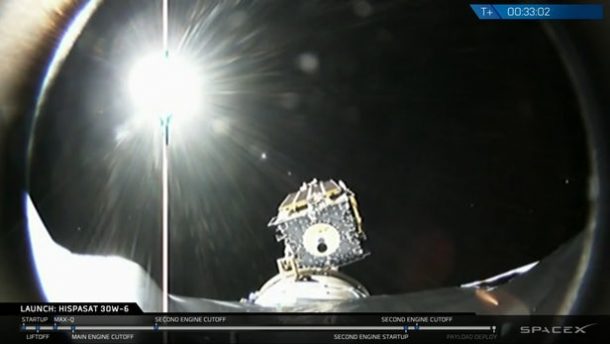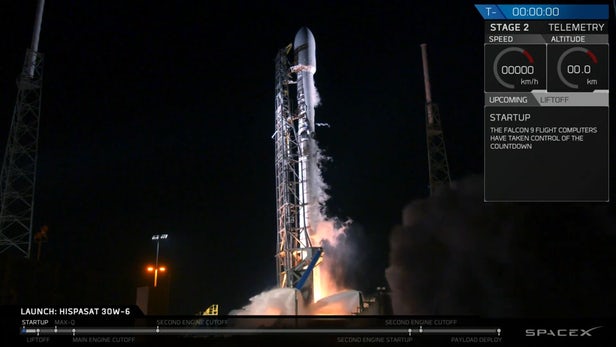SpaceX has revolutionized the launch of rockets and it continues to impress. The company just completed the launch of its 50th Falcon 9 rocket. The rocket was successful in launching the Hispasat 30W-6 communication satellite into orbit but unfavourable weather conditions prevented the launch vehicle to land safely back and it was lost at sea.
Ever since the Wright brothers introduced the first powered flight back in 1903, the history has been dictated by technological advancements. The field of space travel has seen so much progress in the last century that it is hard to fathom. Yuri Gagarin became the first human to orbit the Earth in 1961 and man landed on the moon within a decade.

However, ever since the Apollo missions, space exploration has taken a step back when it comes to sending humans into space and it is mostly done by autonomous drones. The age of Space Shuttle dawned and it was an inspiring technological breakthrough which played a pivotal role in the construction of the International Space Station. But, the cost of their operation was so high that they had to be retired.
Liquid fuel rockets have been used ever since to transport payloads into orbit. However, these impressive launch vehicles were expensive as well and could only be used once. That was before the laters reusable approach was introduced by SpaceX in the Falcon 9 rockets as well as the Falcon Heavy. It is the latest development aimed towards reusability and making a sustainable and affordable launch vehicle.

SpaceX’s 50th Falcon 9 was launched with the mission to introduce the Hispasat 30W-6 communications satellite into a geosynchronous transfer orbit. The bus-sized satellite is expected to have a lifespan of roughly 15 years, during which time it will provide high-quality telecommunication services to parts of Europe, the Americas, and Northwest Africa.
The rocket was launched on March 6th from the Cape Canaveral Air Force Station in Florida and completed its mission in just 33 minutes. The first and reusable stage of the rocket proceeded to complete the re-entry and landing back on Earth but the unfavourable weather conditions prevented the drone barge, Of Course, I still Love from reaching the desired position to act as the landing pad and the stage was abandoned to splash down into the ocean.
Elon Musk believes that these rockets are the key to colonizing Mars and at the rate at which he is going, he might see his dream become a reality in the not too distant future. You can see the launch of the rocket in the video below:


